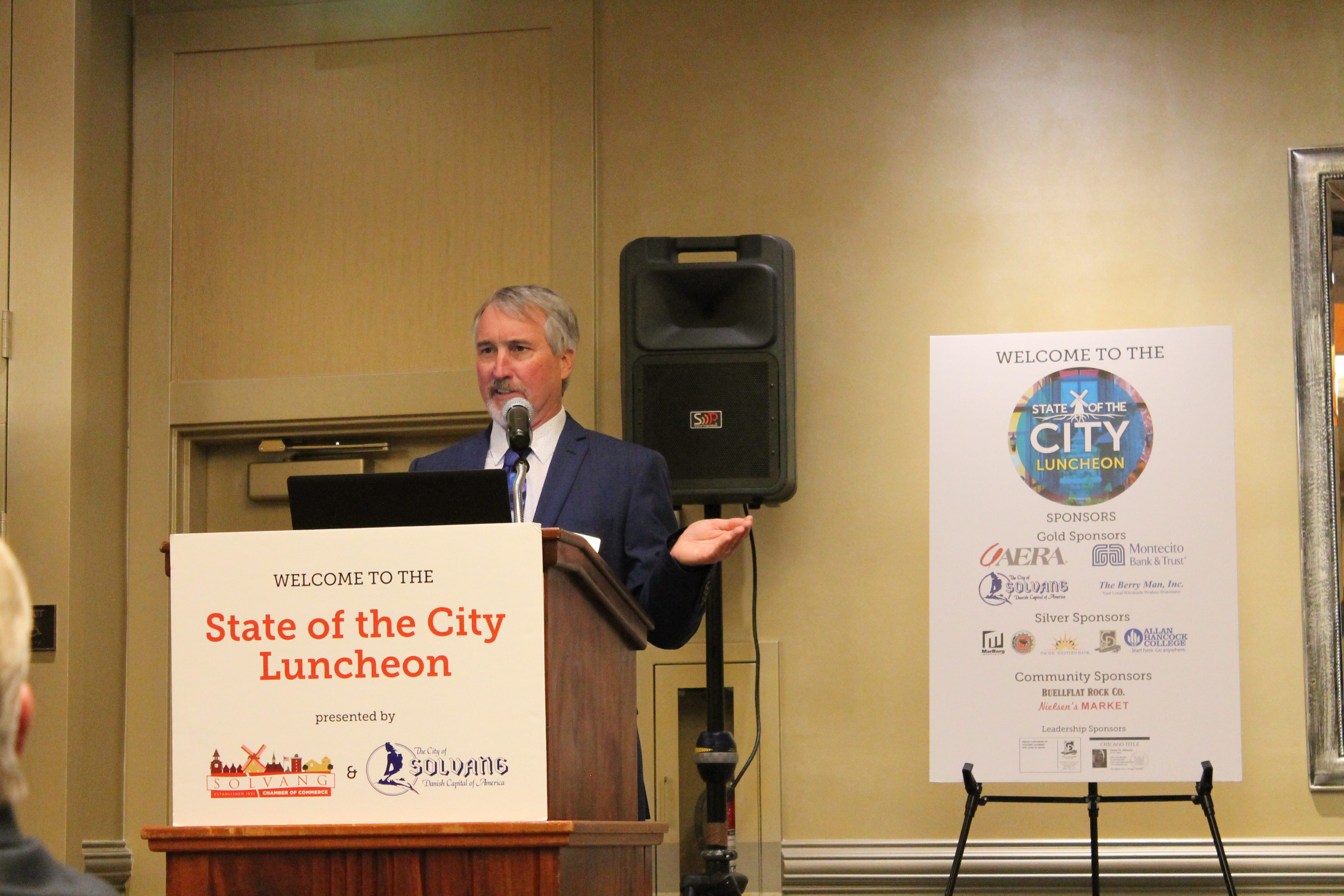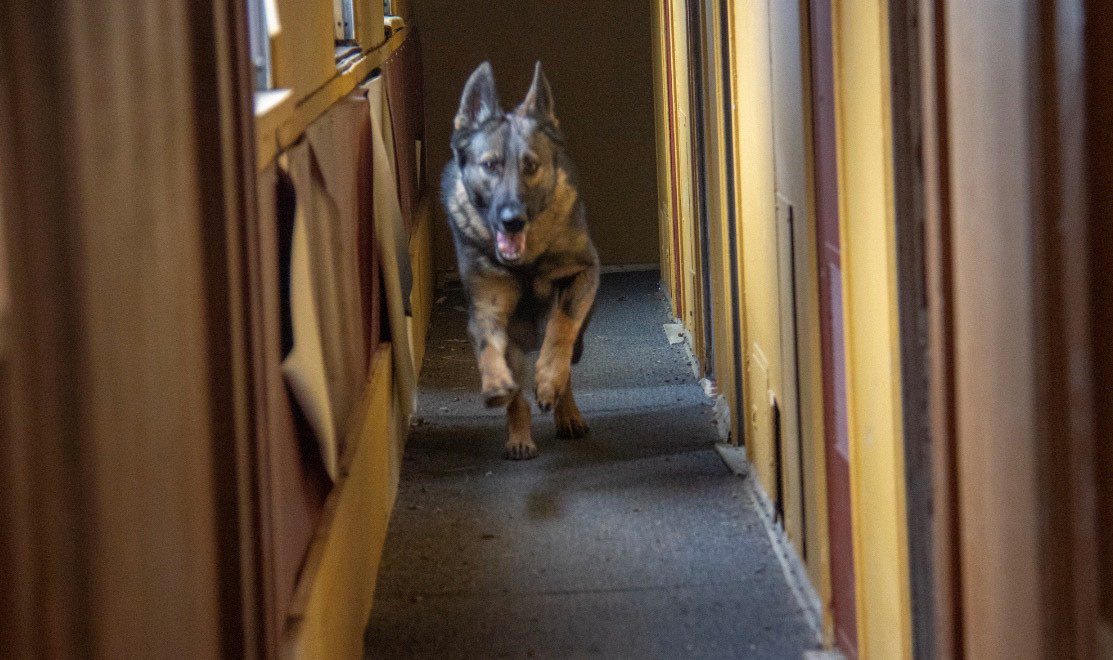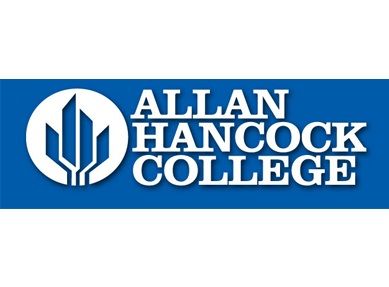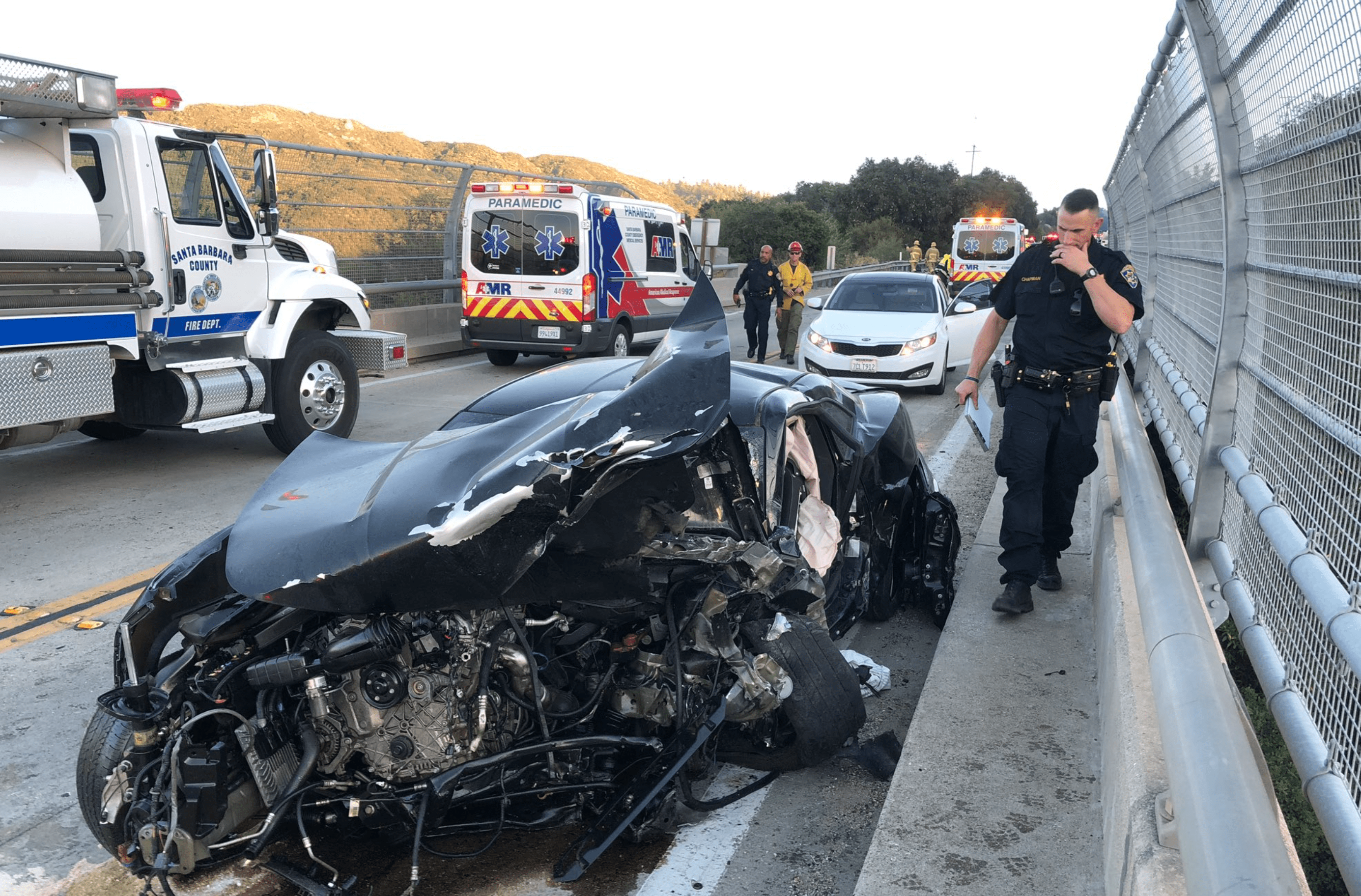By Victoria Martinez
Santa Ynez Valley Star
Solvang’s Chamber of Commerce brought city leaders, staff members, business owners and residents together to hear about the state of Solvang’s finances, projects and plans for the upcoming year at the annual State of the City luncheon at Root 246.
Susan Houghton, Hancock College’s executive director of college advancement, gave the keynote address, where she discussed Hancock’s history, its current focus on launching the Hancock Promise program, and its renewed focus on agriculture, viticulture and enology education.
Despite some technology problems, City Manager Brad Vidro was able to keep the crowd entertained with an impromptu Q & A session before describing things that have changed and others that have remained the same in the city over the past decade.
When asked what the driving force and biggest obstacle for the city were, Vidro responded, “They’re sort of the same thing — tourism,” he said, noting that while tourism drives the economy and brings in almost half the city’s income, it brings problems for residents such as high traffic volume.
During the presentation, Vidro noted that the city’s goals have remained mostly the same since 2008 except for the addition of “future growth” to the list by last year’s City Council.
The city’s popular program for nonprofit grants has dramatically expanded, going from $82,000 being allocated for three local organizations to more than $277,000 being allocated for 15 organizations.
The city is also spending $825,000 more on tourism than it did in 2008 and has seen large increases in revenues from sales taxes and transient occupancy taxes (the hotel “bed tax.”)
The completion of the Skytt Mesa housing development was also mentioned. In 2008, the model homes for the development had just been completed.
Though more than 10 businesses closed last year, even more business opened, bringing more wine, olive oil, food, and business to the city.
Some of the city upgrades last year included a fire station addition to accommodate a new ladder truck that should arrive in the city soon, new radar speed trailers, and utility infrastructure improvements.
Vidro said that the state’s new regulations on storm water systems will cost the city approximately $1.5 million to $2 million in upgrades to the system. The possibility of a storm water tax was also mentioned.
In 2018, the city plans to complete Mission Drive crosswalk improvements, the sidewalk for North Alisal Road, Well 22 upgrades, Second Street drainage improvements, parking lot updates, and other repairs.
The city’s financial reserves are about $26.1 million compared to $17 million in 2008. Though the increase is positive, Vidro noted that capital improvements are spread over a 10-year period and would cost $30.5 million if they were all completed at one time. Also, he said, the city is facing large unfunded pension liabilities that are expected to increase from the current $2.8 million to $5.7 million over the next seven years.








